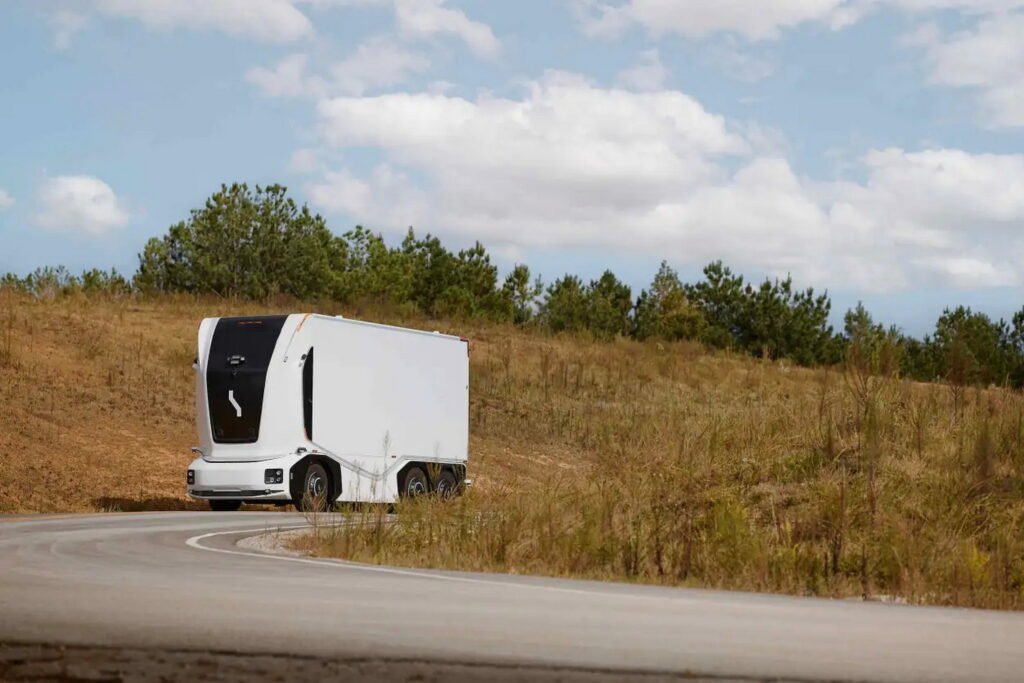Employees at GE Appliances’ Selmer, Tennessee, facility have started working alongside an unusual cabless truck. The headless truck is made by Sweden’s Einride, and is the start of an autonomous revolution at the appliance factory.
The cabless, driverless truck has been tasked with carrying freight from GE Appliances’ factory to its warehouse. The companies say that the truck can run up to seven times a day, from Monday to Thursday, cutting down on work and emissions in the process.
“This implementation in Selmer is helping us reduce emissions, allowing our employees to focus on high value tasks, reducing traffic in congested areas to create a safer work environment, and eliminating some of the most challenging ergonomic tasks like climbing on and off a forklift and hooking and unhooking trailers,” said Harry Chase, director of central materials for GE Appliances.
Read: Kamaz “Robocop” Is An Autonomous Dump Truck For The Russian Coal Mines

Although the distance between the buildings is small (just 0.3 miles/0.48 km) and the roads are all privately operated, reports The Verge, it’s the first long-term deployment for the companies. GE and Einride have worked together before, though.
In 2021, a prototype truck ran in a gated environment at GE Appliance’s headquarters. A year later, the first public road pilot trial for a driverless electric truck in the U.S. occurred in Selmer. The companies say that the implications of this project go beyond trucking.
GE Appliances says that it wants to automate more of the workflow at its factory. To assist the truck, the company has partnered with TaskWatch to open dock doors automatically. It is also working with Slip robotics to implement an autonomous loading cart, which it claims reduces packing times by up to 80 percent.
“Our partnership with Einride in Selmer reflects our evolved approach to robotics and automation technology,” says Chase. “We are moving from implementing one-off solutions addressing various challenges to creating interoperability among systems that can build consistency and streamline processes in our factories and throughout our supply chain.”








